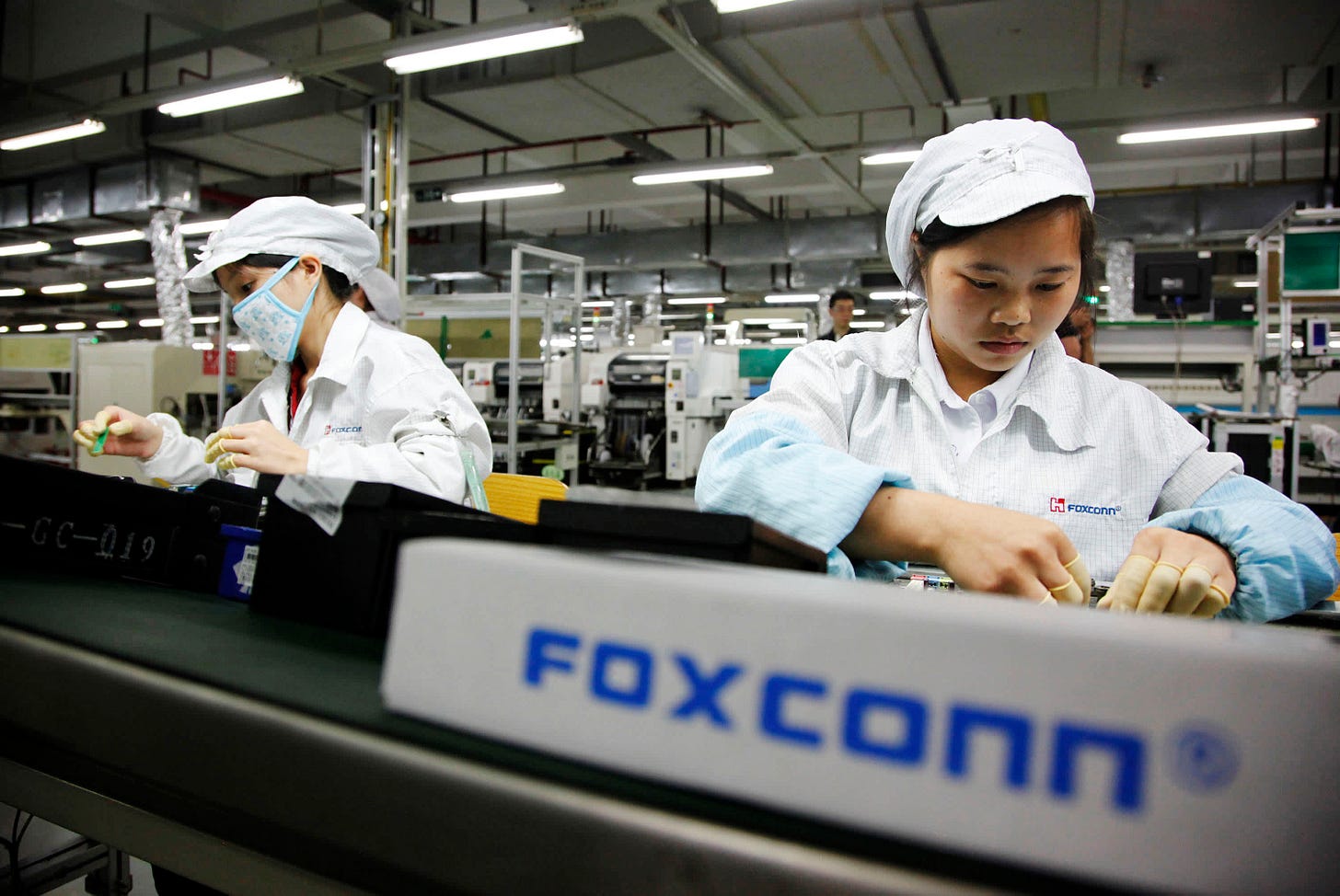Earnings Week 1 - What have we learned so far from Tech earnings (AAPL, MSFT)?
Company fundamentals, tariffs? What are the largest tech companies saying?
Hi everyone, the past couple of weeks have been quite crazy, with tariffs and earnings. In this post today, we are going to share our latest thoughts on the Q125 tech earnings.
There are still more tech earnings results (NVDA, UBER, AVGO) to come in the following weeks, but let’s dive into the latest trends, so that we know what’s going on and can better prepare for the coming weeks.
In terms of format:
We will give you a summary of what happened by company (Apple, Microsoft vs Amazon)
What does it mean for the investment thesis
Our thoughts on the stock and broader sector (semis vs software) right now. Buy? Sell or avoid?
Apple
Headline numbers seem fine. Mar quarter results beat consensus estimates. However, guidance was a bit disappointing, and negative ripple effects from tariff on both demand and costs remain uncertain. Here are 3 reasons why we are still bearish on AAPL:
Reason 1: Tariff impact on cost and gross margin will stay. It will take time to move supply chain.
In our previous note on tariff (see here), we wrote in detail about how we worry about the supply chain disruption impact on Apple, since the majority of their iPhone product is still very likely concentrated in China right now.
Our estimate is 80% of iPhones are still made in China through their contract manufacturers including Foxconn.
At the earnings call, AAPL management tried to paint a more optimistic picture in terms of geographic diversity. For example, they said that “for the June quarter, they expect the majority of iPhones sold in the US will have India as their country of origin and Vietnam to be the country of origin for almost all iPad, Mac, Apple Watch, and AirPods products sold in the US. China would continue to be the country of origin for the vast majority of total product sales outside the US.”
There are two interesting points.
“For the phones sold in the U.S.” Based on AAPL’s public disclosures, total sales to Americas was $40B out of $95B total revenue in the March quarter, which is 42% of total AAPL revenue. This includes not just the US, but also Canada, Mexico and many other countries in the continent. Plus US likely represents a higher percentage of total services revenue (non-product revenue). Therefore, product sales to the US is likely in the 30% range or even smaller out of total product revenue.
What does this mean? This means that the iPhones that are sold elsewhere in the world are likely still made in China. While those products might not get a tariff, there are other implications on the supply chain costs.
One of AAPL’s big advantage is its supply chain management and its negotiating power. By diversifying its manufacturing to more countries, it means it will have more contract manufacturing partners, which means it will become a smaller customer for each of its contract manufacturing partner. This result can severely hurt Apple’s ability to negotiate the best pricing.
“Country of Origin. ” This “country of origin” concept is a fairly ambiguous concept. Does it mean manufacturing takes place there? How would one define country of origin?
Besides the final assembly that is performed by contract manufacturers such as Foxconn, there are other components in a phone, such as sensors, camera modules, cases etc. Many of the components are made in China. Even if the final assembly is performed outside of China in countries like India, how about the associated supply chain? Will those components get tariff?
Finding another contract manufacturer is one thing, but moving the entire supply chain is another thing. It is just very unclear what this “Country of Origin” carries any deep meaning other than marketing.
Tariff costs are real and will stay.
At the earning call, AAPL quantified the tariff impact on their cost to be $900M in Jun-Q, but didn’t provide more color beyond June.
What we do know is that the cost from tariff will likely be higher than $900M in the quarters beyond Jun. Why? According to Apple, “this estimate should not be used to make projections for future quarters, as there are certain unique factors that benefit the June quarter.”
If we look at Apple’s product gross margin guidance and compare that to the number from a year ago, we estimate the tariff cost impact could be as high as 150bps (or 1.5% reduction on absolute basis). This translates to about 4% reduction on earnings power.
With the tariff cost and demand uncertainty, the valuation metric (Price / Earnings ratio) would also contract further (10% seems fair). In aggregate, we think AAPL stock price could contract at least 15% from the level prior to the tariff news.
In the paywall section below, we will analyze the 2nd and 3rd reason why we are bearish on Apple. We will also discuss earnings takeaways from leading cloud service providers including Microsoft, and share our latest thoughts on hardware / semiconductors vs software.
Keep reading with a 7-day free trial
Subscribe to Analyst Journal to keep reading this post and get 7 days of free access to the full post archives.





